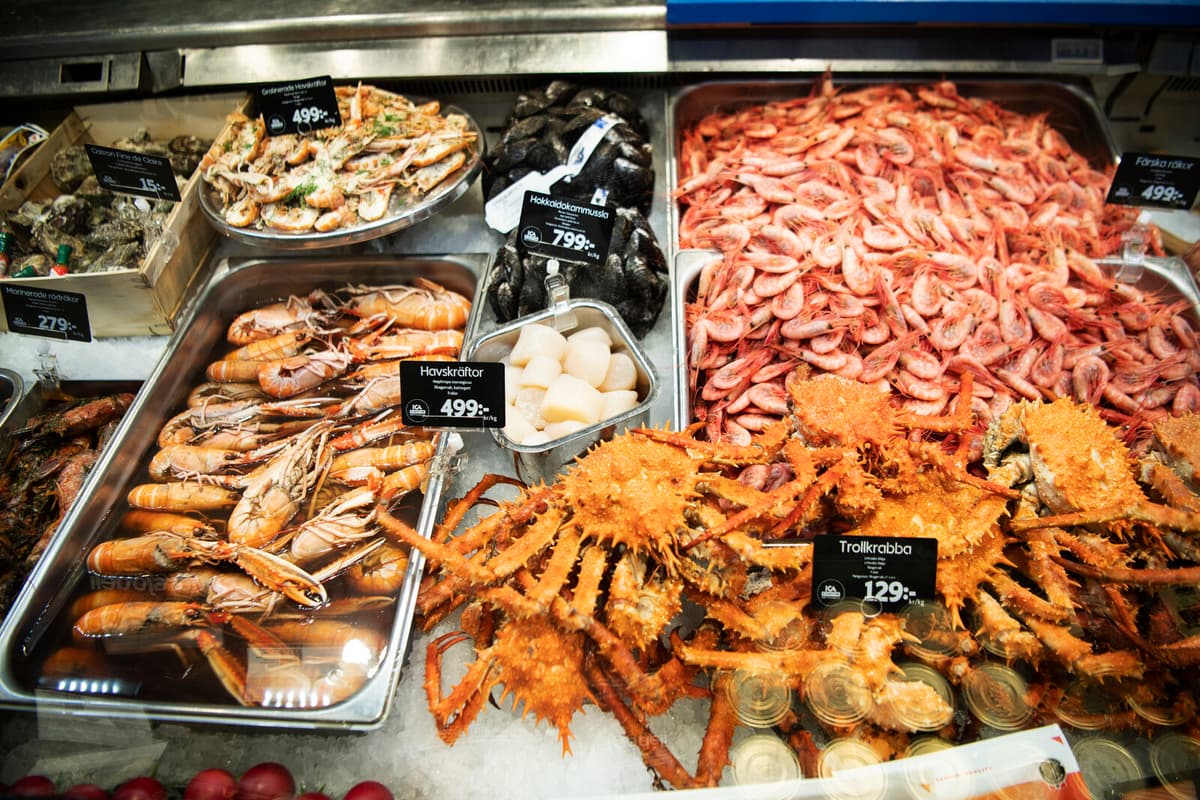According to a report from the research institute Rise, commissioned by the Swedish Board of Agriculture, Swedes' consumption of so-called seafood has decreased.
In 2023, an average Swede ate 1.6 portions of seafood – a collective term for all edible animals and plants that live under water, such as fish, shellfish, and seaweed – per week. This should be compared to 2019 when the corresponding report showed 1.9 portions per person and week.
The report also notes that Swedes generally consume a limited number of species.
"In 2023, ten species accounted for a total of 77 percent of consumption. The big favorite was salmon, followed by herring/strömming, shrimp, and cod", says Anna Axelsson, project leader at Rise and one of the report authors, in a press release.
The importance of eating seafood is often emphasized, as it is an important source of, for example, vitamin D, omega-3, and B12. And the Swedish Food Agency recommends eating 2-3 portions of fish and shellfish – or other seafood – per week.
The report reveals that nearly 75 percent of the seafood consumed by Swedes is imported. A signal that Swedish production needs to increase.
"It is also in line with the new national food strategy, which highlights the need for increased domestic food production for better preparedness and self-sufficiency", says Anna Axelsson.





